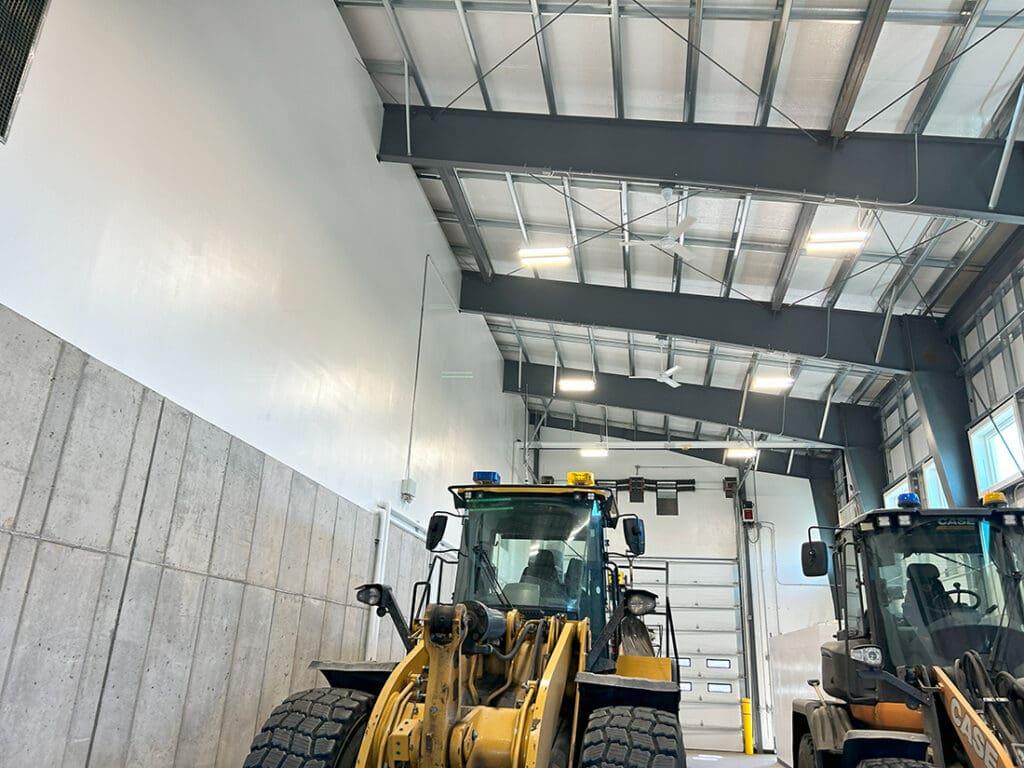Role of Public Transport in Urban Planning

Urbanization: The Engine of Modern Human Settlement
Urbanization refers to the shift of populations from rural to urban areas. It promotes economic growth,Dharavi technological progress, and cultural diversity. However, when urbanization outpaces planning, cities face overcrowding, pollution, traffic congestion, and insufficient public services.
High-Density Housing: Living Efficiently in Limited Space
High-density housing accommodates many residents within a small geographical area. Examples include apartment complexes, high-rise buildings, and clustered residential units. It saves land, supports public transportation, and reduces travel time. When poorly planned, it can lead to congestion and pressure on public utilities, but when well-designed, it becomes highly sustainable.
Low-Density Housing: Comfort with Hidden Costs
Low-density housing typically features spacious homes, private lawns, and quieter neighborhoods. Although it offers comfort and privacy, it consumes more land, increases transportation dependency, and contributes to urban sprawl. Many rapidly developing cities struggle to balance low-density aspirations with limited urban land.
The World’s Biggest Slums: Centers of Survival and Informality
Some of the largest slums include Dharavi in India, Orangi Town in Pakistan, Kibera in Kenya, and Neza-Chalco-Itza in Mexico. These settlements often lack sanitation, healthcare, secure housing, and safe drinking water. Despite such challenges, they are hubs of informal economies, craftsmanship, recycling industries, and strong social bonds.
Slum Redevelopment Projects: Between Promise and Displacement
Slum redevelopment aims to upgrade infrastructure, housing, and living standards. Models include on-site redevelopment, relocation housing, and public-private partnerships. The most effective redevelopment programs prioritize community involvement, affordability, and livelihood preservation, avoiding forced displacement and cultural erosion.
Dharavi: A Global Example of Resilience and Informal Industry
Dharavi is known not only for its large population density but also for its thriving local industries like pottery, leatherwork, waste recycling, textiles, and food production. Redevelopment proposals for Dharavi remain debated due to concerns about eviction, income loss, and weakening of community ties.
Orangi Town: A Community-Led Development Success
Orangi Town is one of the most populated informal settlements in Karachi. The Orangi Pilot Project became a groundbreaking initiative where residents built their own low-cost sanitation system when authorities failed to act. It is now studied internationally as a model of effective grassroots urban improvement.
River Gypsies: A Nomadic Community Living at Nature’s Mercy
River gypsies, especially the Manta people of Bangladesh, live on boats and migrate seasonally depending on river conditions. Their life is free from land-bound limitations but vulnerable to climate change, flooding, and lack of healthcare and education access. Their cultural identity remains valuable yet endangered.
Pakistan Property Fraud: A Growing Urban Challenge
Fraudulent housing schemes, illegal land grabbing, forged documentation, and unapproved housing societies have become major issues in Pakistan’s real estate sector. These scams often target middle-class families seeking affordable housing. Stronger legal frameworks, digital mapping, and public awareness can help prevent such crimes.
Compact Settlement: A Smart Blueprint for Future Cities
Compact settlements involve dense, mixed-use environments that combine homes, workspaces, and public services within walkable distances. This model promotes sustainability, reduces transportation costs, and supports social interaction. Many urban planners now support compact city designs as a key Dharavi strategy against urban sprawl.
Conclusion
Urban growth reflects human ambition, innovation, and survival. From skyscraper living to river-based nomadism, from thriving informal economies to fraudulent real estate traps, cities showcase contrasting realities. Sustainable development must balance progress with fairness, ensuring every individual has access to safe, affordable, and dignified housing.




